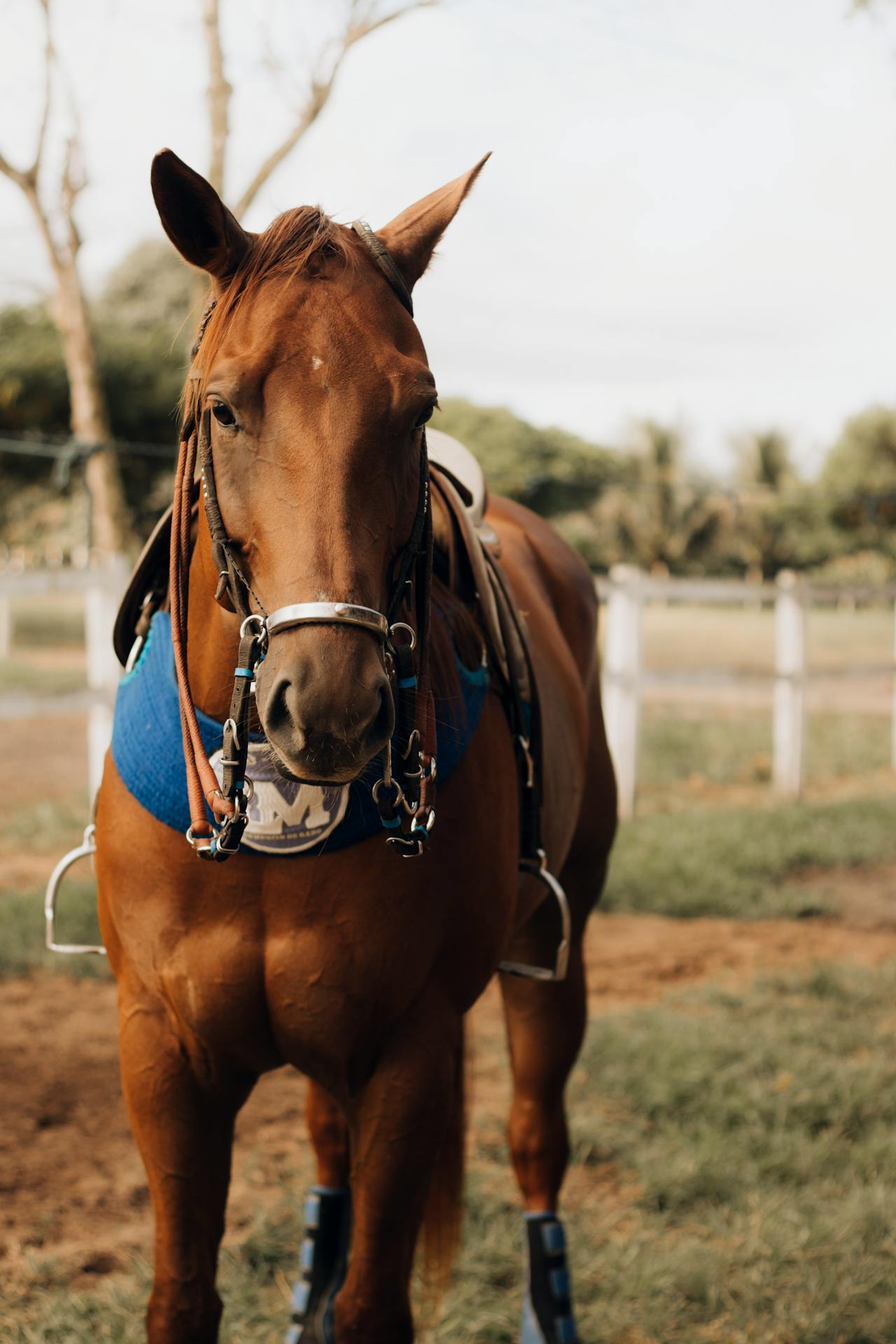How to Treat Fungal Infection in Horses
9th Oct 2024
If you've ever dealt with a fungal infection in horses, you know how frustrating it can be. Whether it’s on their skin or hooves, fungus can make your horse uncomfortable, and if left untreated, it can lead to bigger problems. But don’t worry—with the right steps, you can treat these infections and get your horse back to full health in no time.
What Causes Fungal Infections?
Fungal infections can show up anywhere, but the most common are fungal skin infections in horses or hoof infections like white line disease. Skin infections, like ringworm, often appear as hairless, scabby patches, while hoof infections usually make the hoof look damaged or cause your horse to go lame. Fungus loves moist, warm environments, so horses exposed to those conditions are especially at risk.
How to Treat Skin Fungal Infections
If your horse has a fungus on their skin, the first step is to wash the affected area with an antifungal shampoo. These medicated shampoos are designed to clear up the fungus while soothing the skin. Make sure to rinse thoroughly, then dry your horse well, as moisture can help fungi thrive.
Don’t forget about your grooming tools and tack—fungus can spread through these, too. Clean everything thoroughly with a fungicide, so the infection doesn’t spread to other horses or come back. And while you’re at it, take extra care of any wounds your horse might have by using horse wound spray to avoid infection.

Tackling Hoof Fungal Infections
For hoof infections like white line disease, treatment can be a bit more intensive. Start with a topical antifungal treatment for milder cases, but if the infection has dug deeper, soaking the hoof in an antifungal solution can help. If your horse is limping or you’re unsure of how severe the infection is, it’s always best to contact your vet. They might suggest products from their horse vet supplies in Australia collection or recommend an injection for horses to boost overall health during recovery.
Prevention is Key
As the saying goes, prevention is better than cure. The good news is that many fungal infections can be avoided with a few simple habits. Keep your horse’s environment dry and clean to prevent fungal infections from cropping up in the first place. Don’t share tack or grooming tools between horses, and disinfect them regularly to avoid spreading any infections. If your horse spends a lot of time outdoors, check that they’re not standing in wet or muddy areas for long periods.
Stress can weaken your horse’s immune system, making them more susceptible to infections. Consider adding calming supplements for horses to their diet to keep stress levels in check. A healthy, calm horse is less likely to pick up infections in the first place!
By staying proactive, keeping your horse’s environment clean, and supporting their overall health, you can minimise the risks. With good care and attention, you’ll help your horse stay in great condition!

